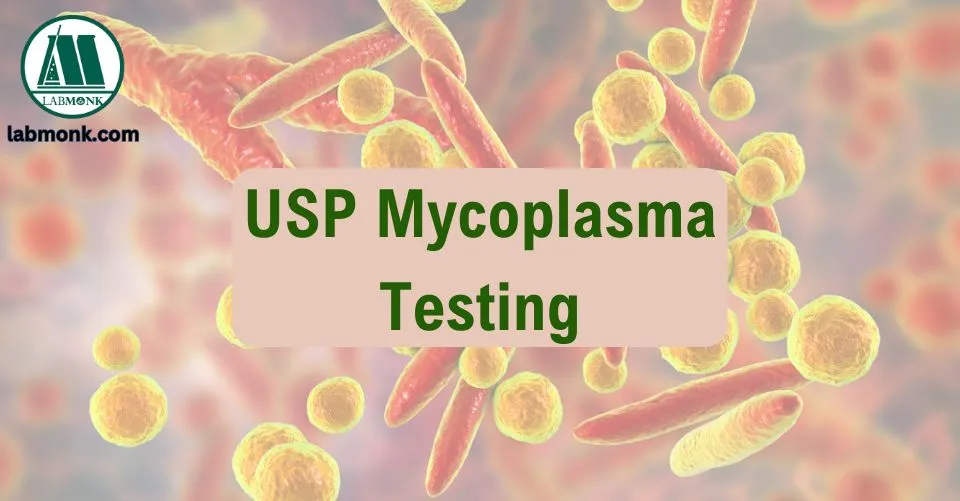Table of Contents
Positive Controls
The USP mycoplasma testing and 1993 PTC documents have given specifications for the number and kind of positive controls that are to be used in the assays. It includes a minimum of two known mycoplasma species. In EP 2.6.7, it’s a minimum of one of the six mycoplasma species as positive control.
Thus, the USP 63 mycoplasma testing includes languages that have been derived from both EP 2.6.7 and 1993 PTC documents.
Summary
Mycoplasma contamination is important for safeguarding the final product quality and also patient safety. The Source of contamination includes lab personnel, and reagents of the cell culture or the primary cell culture.
Well-supervised manufacturing standards and testing schedules are required to maintain strong confidence in your product. Getting associated with a certified testing lab makes sure all your test outcomes align with the regulatory standards and all your products are perfectly safe.
Read USP <63> Mycoplasma Tests: A New Regulation for Mycoplasma Testing published in BioPharm International.
Also read:
- Antimicrobial Effectiveness Testing (AET): 11 Best Practices
- 30 Best Universities for Microbiology in USA
- Best Microbiology Online Degree Programs
- How to Become a Food Microbiologist?
- Top Research Topics on Industrial Microbiology
- Govt exams after MSc microbiology
- Basic Techniques of Microbiology
- Government job opportunities after M.Sc. in Life Sciences
- Biotechnology or Microbiology: which is better?
You can read other career related articles on this website. Search Labmonk Blog on google and click the first link for more articles.
If you are reading this, then a big Thanks to you for reading this article.
Please comment your views on this topic or any valuable feedback. You can forward the link of this article to others.
FAQs
What is Mycoplasma?
Mycoplasmas are small and simple prokaryotes and are a unique group of microbes.
What are the different sources of Mycoplasma Contamination?
One of the main sources of mycoplasma contamination is from human beings or lab personnel.

